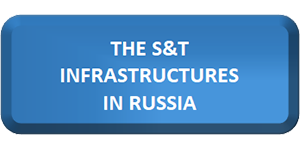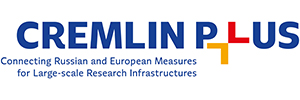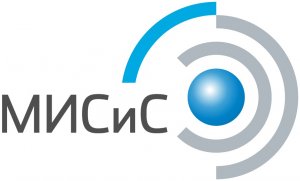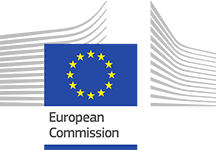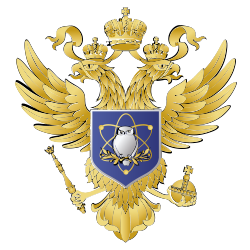COMMISSION STAFF WORKING DOCUMENT “PRIORITIES FOR INTERNATIONAL COOPERATON IN RESEARCH AND INNOVATION” BRUSSELS, OCTOBER 13, 2016
This document is accompanying the document REPORT FROM THE COMMISSION TO THE EUROPEAN PARLIAMENT, THE COUNCIL, THE EUROPEAN ECONOMIC AND SOCIAL COMMITTEE AND THE COMMITTEE OF THE REGIONS’ “Implementation of the strategy for international cooperation in research and innovation”
2.10.1. The Russian Federation as a partner of the EU
Russia is the scientifically most important non-associated neighbour country to the EU. With a total R&D spending of about 35 billion euros (2011), Russia would rank between EU Member States like Italy and the UK.
Scientific relations with Russia are based on a long tradition of excellence, a large network between scientists and scientific institutions, and they are underlined by important and well known achievements in diverse areas of science and their applications. Supporting these relations remains a priority, as was confirmed during the EU-Russia Joint Science & Technology Cooperation Committee meeting, which took place on 24 June 2016 in Moscow.
2.10.2 Priorities for S&T cooperation
All scientific fields of joint interest are a priority for EU-Russian S&T cooperation.
Collaboration in research infrastructures is a priority, including arctic research, Russia's membership in the Group of Senior Officials (GSO) and Russia's offer for access to its future six Megascience facilities – facilitated by CREMLIN project – Connecting Russian and European Measures for Large-scale Research Infrastructures, and through a wide range of Russian infrastructures (currently 54 infrastructures) that are open for European collaboration.
Innovation cooperation will be enhanced mainly via EUREKA and EUROSTARS.
In addition, several Working Groups and dialogues have focused on research cooperation in the areas of aeronautics, nuclear safety, space, material science and arctic research. Priority shall be given to Russia joining global initiatives in research related to health (e.g. the Global Research Collaboration for Infectious Disease Preparedness) and the bioeconomy. New initiatives are also possible and timely in the area of transport related to Clean Sky II, to European – Asian rail or to the northern passage from Europe to Asia through Arctic waters.
More: http://eur-lex.europa.eu/legal-content/EN/TXT/?uri=CELEX:52016SC0329


